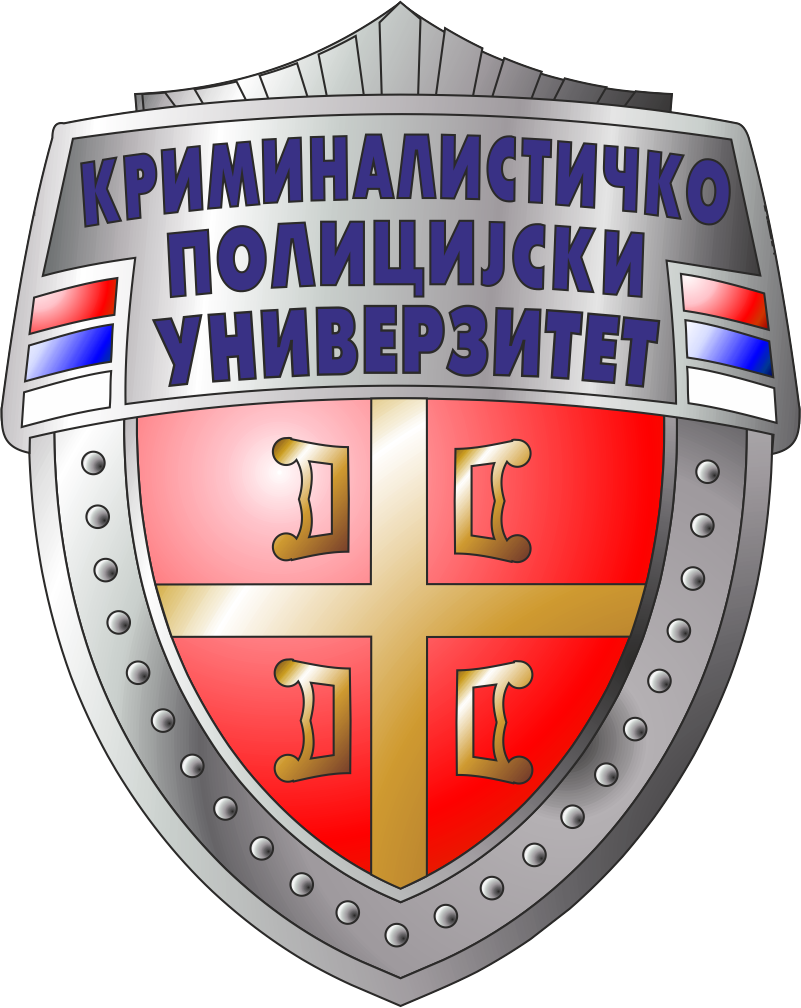| dc.description.abstract | Development of the information technology during the 80s has significantly improved the way data is collected, stored and processed. As a consequence police function becomes data driven more than ever before. Crime analysis units became the new element in police organizations’ structures worldwide and analytical information became important prerequisite for effective policing. Having in mind that virtually everything police do is related to an address or location, connecting locations with people (offenders, victims, community members) and their activities is becoming a powerful tool (almost a necessity) in understanding and managing communities security problems by law enforcement agencies. For that reason, visualization of spatial data receives a significant place in crime analysis. A number of sophisticated specialized software aiming to help police in conducting effective crime analysis exists, but accessibility of geospatial data sources make it feasible for police to use Geographical Information Systems (GIS) and crime mapping as essential tools. In addition to the visualization of geospatial data, GIS technology provides analytical capacity primarily in analyzing geospatial distribution of crime incidents. Therefore, it can be utilized to discover different factors contributing to crime in order to give timely and relevant information to all levels of police management, help them to make better decisions, target resources and formulate strategies, and enhance police proactive actions against crime. The aim of this chapter is to present some of the GIS technology capabilities in the function of analytical support of police work at all levels of police organization and management. The following cases are discussed in particular: optimization of police resources utilization (resource location based on network analysis), hotspot policing, crime data dissemination through Internet (Internet crime maps), offender targeting through geographic profiling algorithm and Crime Information Warehouse (CIW) Solutions. Lastly, innovative functionalities of predictive analytic solutions are briefly described. | en |

